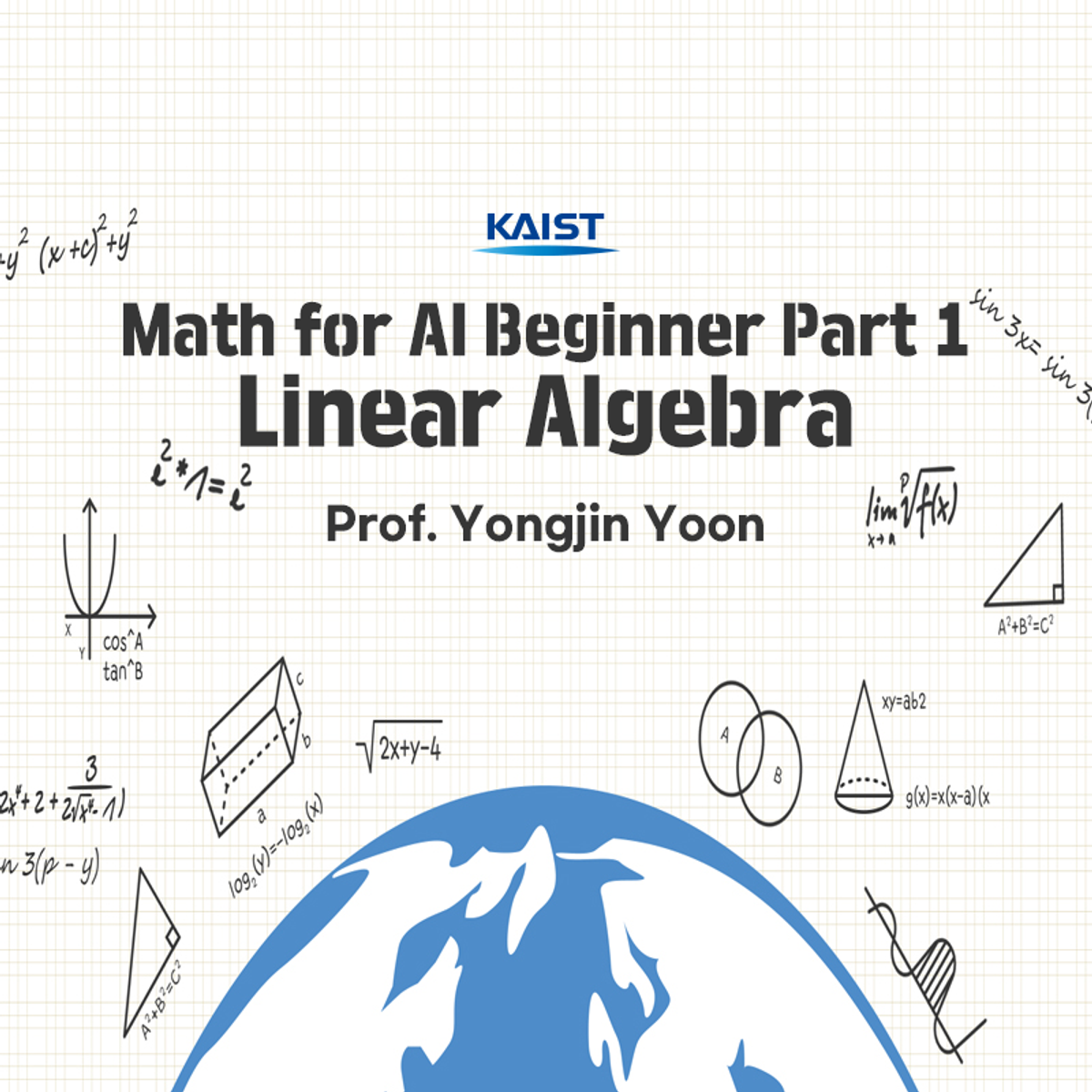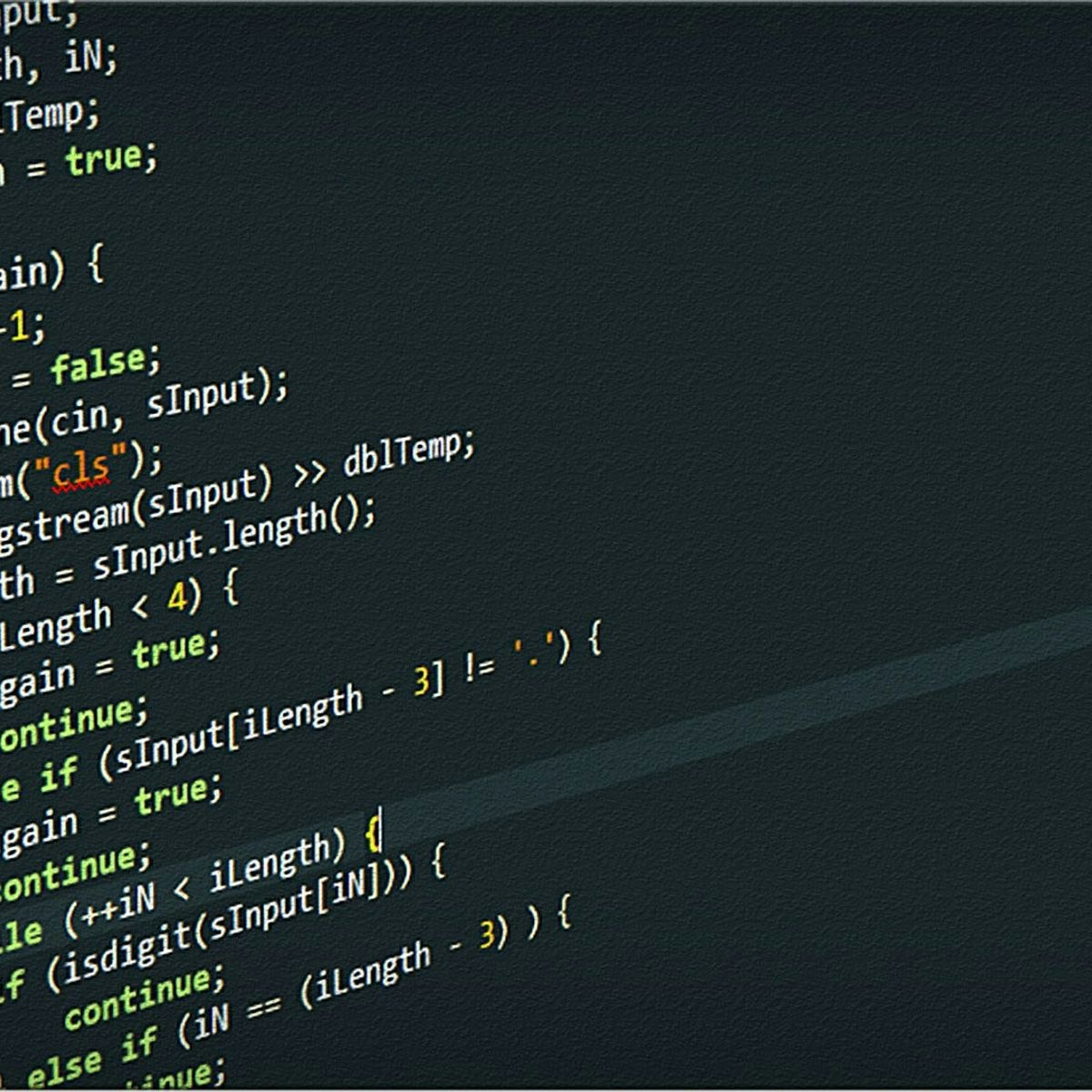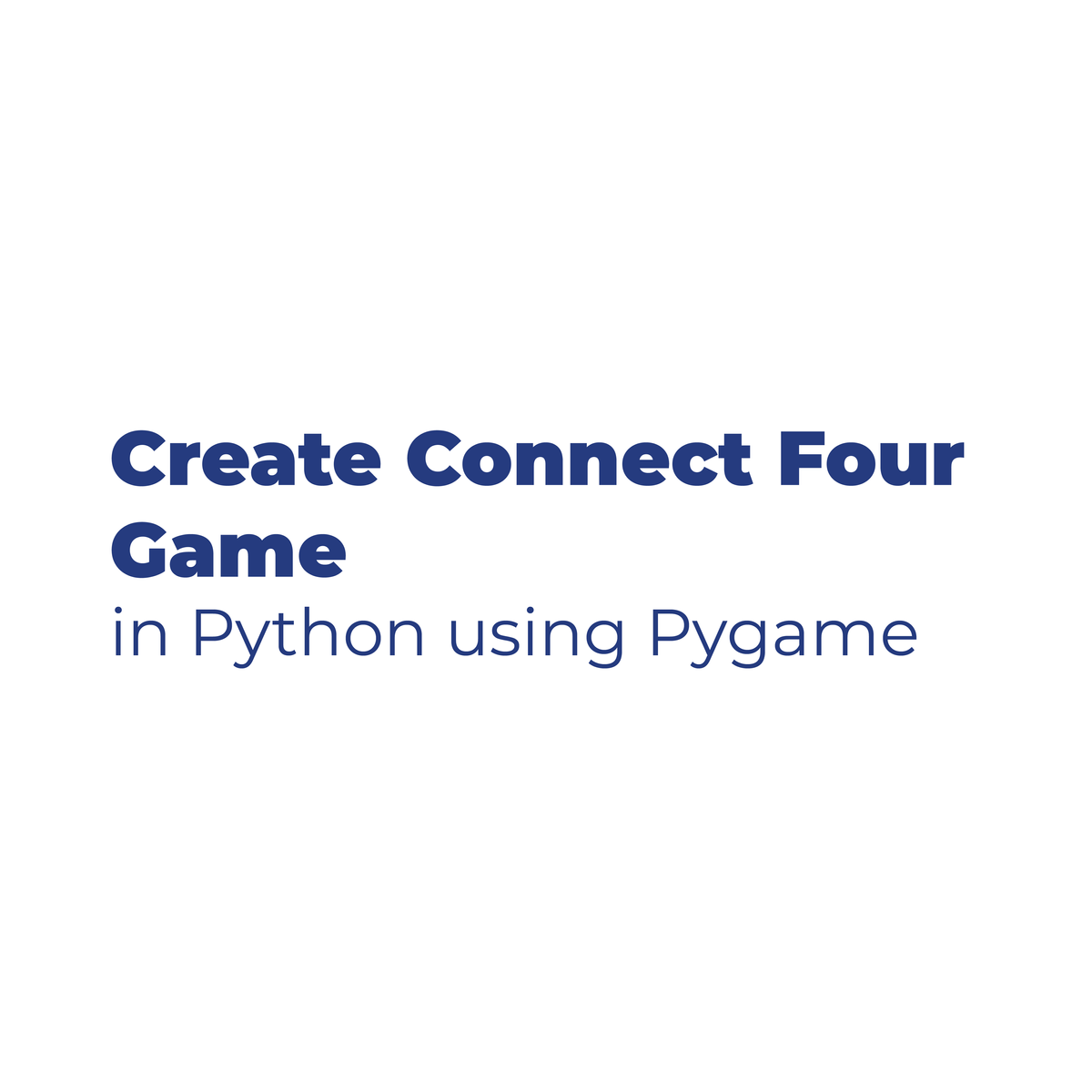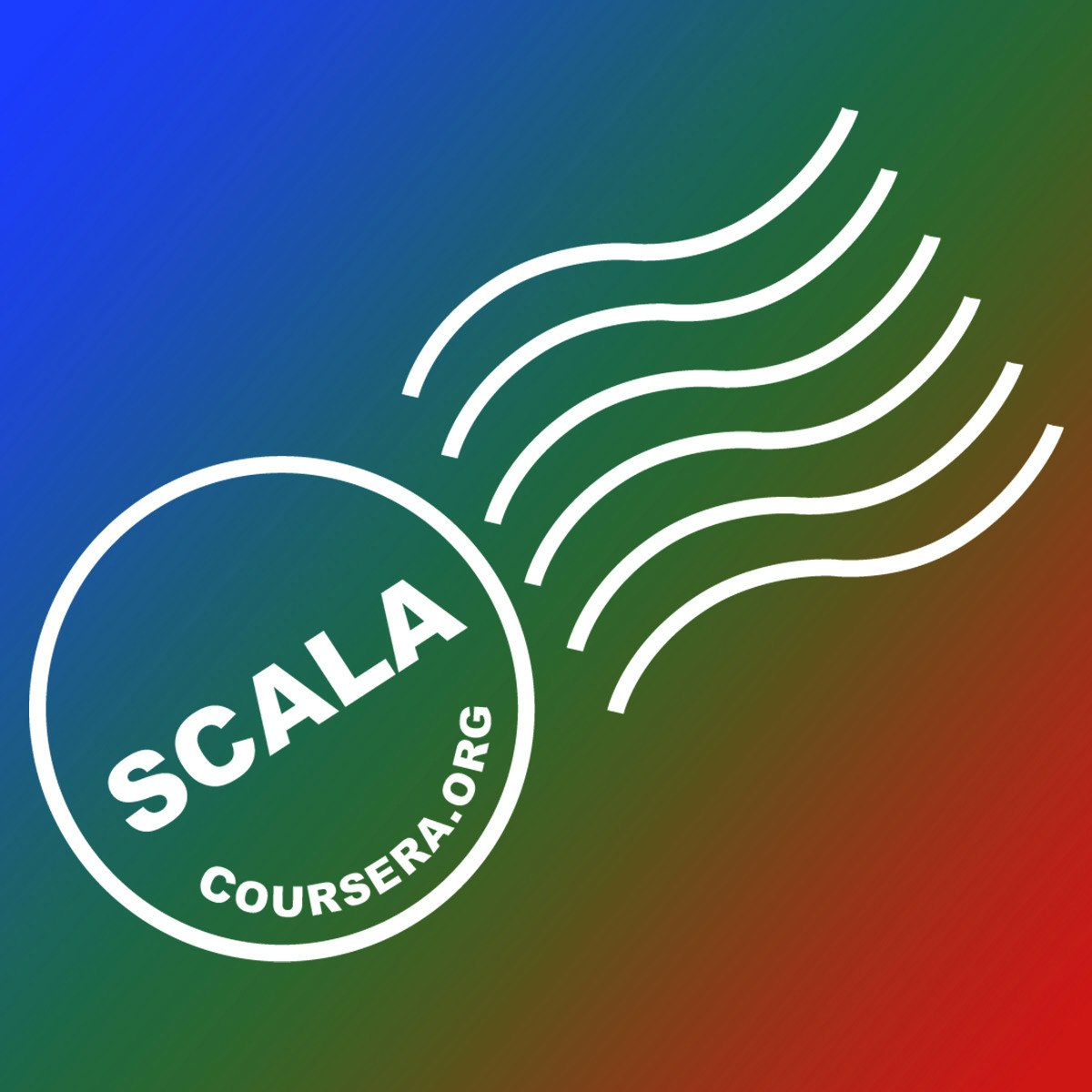Back to Courses









Algorithms Courses - Page 25
Showing results 241-250 of 326

Math for AI beginner part 1 Linear Algebra
'Learn concept of AI such as machine learning, deep-learning, support vector machine which is related to linear algebra
- Learn how to use linear algebra for AI algorithm.
- After completing this course, you are able to understand AI algorithm and basics of linear algebra for AI applications.
An Introduction to Interactive Programming in Python (Part 1)
This two-part course is designed to help students with very little or no computing background learn the basics of building simple interactive applications. Our language of choice, Python, is an easy-to learn, high-level computer language that is used in many of the computational courses offered on Coursera. To make learning Python easy, we have developed a new browser-based programming environment that makes developing interactive applications in Python simple. These applications will involve windows whose contents are graphical and respond to buttons, the keyboard and the mouse.
In part 1 of this course, we will introduce the basic elements of programming (such as expressions, conditionals, and functions) and then use these elements to create simple interactive applications such as a digital stopwatch. Part 1 of this class will culminate in building a version of the classic arcade game "Pong".

Introduction to C Programming Variables Input Output
In this project you will implement a program using C that demonstrates the basic data types and how to input and output them.
The C programming language is the basis for many other programming languages. Its syntax has been used in languages such as C++, Java, and C# to name a few. It is still the language of choice for writing Operating systems, games, and many other applications where performance is critical.
Note: This course works best for learners who are based in the North America region. We’re currently working on providing the same experience in other regions.

Create a Connect Four Game in Python using Pygame
In this 1-hour 30 minutes long project-based course, you’ll be able to create a connect four game in python using python’s popular library Pygame. You will learn about most of pygame’s functions and modules. You'll be able to implement the connect four game logic. You’ll be able to insert drawings, images and texts into your game. You’ll be able to handle events and react to them being activated and finally, you’ll be able to take input from the user.
Pygame is a set of python modules designed for writing video games. It allows you to create a fully featured game and multimedia programs in the python language. It’s also free, highly portable and runs on nearly every platform and operating system.
Python is a popular, high-level, general purpose, dynamic programming language. It is versatile, easy to pickup and learn, readable, and well-structured. You can find a library for basically anything you could imagine: from web development, through game development, to machine learning.
Note: This course works best for learners who are based in the North America region. We’re currently working on providing the same experience in other regions.

Introduction to Concurrent Programming with GPUs
This course will help prepare students for developing code that can process large amounts of data in parallel. It will focus on foundational aspects of concurrent programming, such as CPU/GPU architectures, multithreaded programming in C and Python, and an introduction to CUDA software/hardware.

Genome Sequencing (Bioinformatics II)
You may have heard a lot about genome sequencing and its potential to usher in an era of personalized medicine, but what does it mean to sequence a genome?
Biologists still cannot read the nucleotides of an entire genome as you would read a book from beginning to end. However, they can read short pieces of DNA. In this course, we will see how graph theory can be used to assemble genomes from these short pieces. We will further learn about brute force algorithms and apply them to sequencing mini-proteins called antibiotics.
In the first half of the course, we will see that biologists cannot read the 3 billion nucleotides of a human genome as you would read a book from beginning to end. However, they can read shorter fragments of DNA. In this course, we will see how graph theory can be used to assemble genomes from these short pieces in what amounts to the largest jigsaw puzzle ever put together.
In the second half of the course, we will discuss antibiotics, a topic of great relevance as antimicrobial-resistant bacteria like MRSA are on the rise. You know antibiotics as drugs, but on the molecular level they are short mini-proteins that have been engineered by bacteria to kill their enemies. Determining the sequence of amino acids making up one of these antibiotics is an important research problem, and one that is similar to that of sequencing a genome by assembling tiny fragments of DNA. We will see how brute force algorithms that try every possible solution are able to identify naturally occurring antibiotics so that they can be synthesized in a lab.
Finally, you will learn how to apply popular bioinformatics software tools to sequence the genome of a deadly Staphylococcus bacterium that has acquired antibiotics resistance.

Make a Postage Calculator with Scala
In this course, you will complete a postage estimator application and learn these intermediate level Scala topics: abstract classes and traits, enumeration, singleton object, companion object and factory methods, case object. At the end of this class, you will have gained a deeper understanding of Scala and apply it to application development.
Prerequisite: Basic level knowledge of Scala, such as basic object-oriented programming
Helpful but not required: Experience with any modern programming languages such as Java, JavaScript, C++, Swift or Kotlin.

Digital Signal Processing 1: Basic Concepts and Algorithms
Digital Signal Processing is the branch of engineering that, in the space of just a few decades, has enabled unprecedented levels of interpersonal communication and of on-demand entertainment. By reworking the principles of electronics, telecommunication and computer science into a unifying paradigm, DSP is a the heart of the digital revolution that brought us CDs, DVDs, MP3 players, mobile phones and countless other devices.
In this series of four courses, you will learn the fundamentals of Digital Signal Processing from the ground up. Starting from the basic definition of a discrete-time signal, we will work our way through Fourier analysis, filter design, sampling, interpolation and quantization to build a DSP toolset complete enough to analyze a practical communication system in detail. Hands-on examples and demonstration will be routinely used to close the gap between theory and practice.
To make the best of this class, it is recommended that you are proficient in basic calculus and linear algebra; several programming examples will be provided in the form of Python notebooks but you can use your favorite programming language to test the algorithms described in the course.

Natural Language Processing with Sequence Models
In Course 3 of the Natural Language Processing Specialization, you will:
a) Train a neural network with GLoVe word embeddings to perform sentiment analysis of tweets,
b) Generate synthetic Shakespeare text using a Gated Recurrent Unit (GRU) language model,
c) Train a recurrent neural network to perform named entity recognition (NER) using LSTMs with linear layers, and
d) Use so-called ‘Siamese’ LSTM models to compare questions in a corpus and identify those that are worded differently but have the same meaning.
By the end of this Specialization, you will have designed NLP applications that perform question-answering and sentiment analysis, created tools to translate languages and summarize text, and even built a chatbot!
This Specialization is designed and taught by two experts in NLP, machine learning, and deep learning. Younes Bensouda Mourri is an Instructor of AI at Stanford University who also helped build the Deep Learning Specialization. Łukasz Kaiser is a Staff Research Scientist at Google Brain and the co-author of Tensorflow, the Tensor2Tensor and Trax libraries, and the Transformer paper.

Advanced Recommender Systems
In this course, you will see how to use advanced machine learning techniques to build more sophisticated recommender systems. Machine Learning is able to provide recommendations and make better predictions, by taking advantage of historical opinions from users and building up the model automatically, without the need for you to think about all the details of the model.
At the end of this course, you will learn how to manage hybrid information and how to combine different filtering techniques, taking the best from each approach. You will know how to use factorization machines and represent the input data accordingly. You will be able to design more sophisticated recommender systems, which can solve the cross-domain recommendation problem. You will also learn how to identify new trends and challenges in providing recommendations in a range of innovative application contexts.
This course leverages two important EIT Digital Overarching Learning Outcomes (OLOs), related to your creativity and innovation skills. In trying to design a new recommender system you need to think beyond boundaries and try to figure out how you can improve the quality of the outcomes. You should also be able to use knowledge, ideas and technology to create new or significantly improved recommendation tools to support choice-making processes and solve real-life problems in complex and innovative scenarios.
Popular Internships and Jobs by Categories
Browse
© 2024 BoostGrad | All rights reserved


